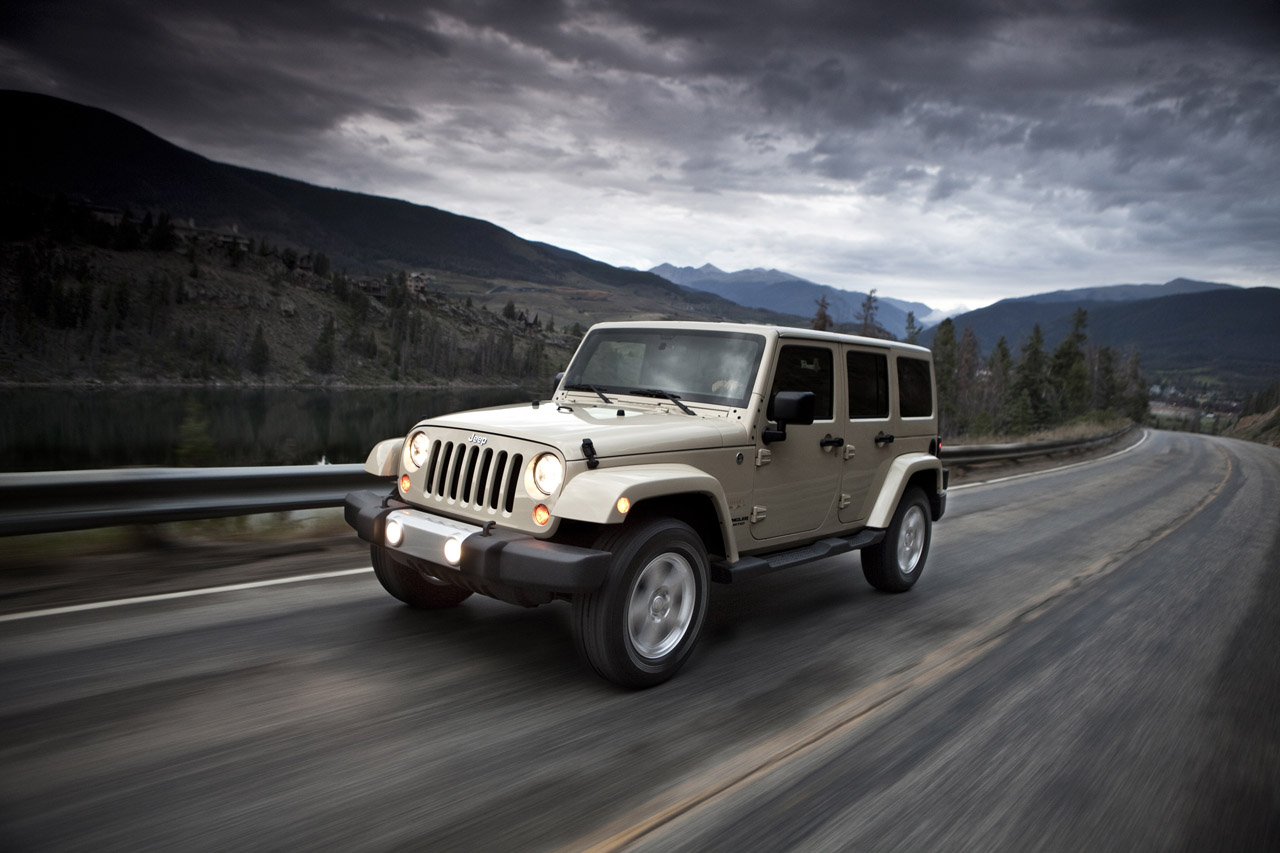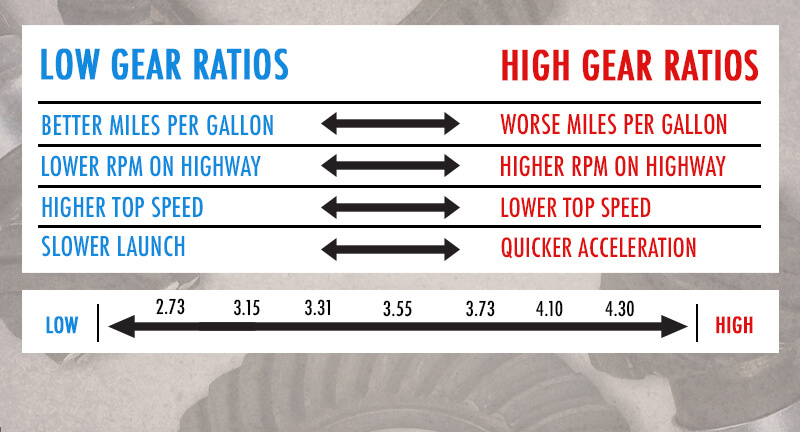When Should You Shift for Fastest Acceleration?

So, you’re the proud owner of a manual-transmission Wrangler, but yesterday you lost the stoplight grand-prix to a Prius. It can be a traumatic experience, but fear not, fellow gearhead, there’s still hope. You just need to understand a few things about how to time your shifts.
Most of us who choose to drive a manual transmission simply pick a number on the tachometer and try to shift around that, or perhaps if you’ve had some time to get familiar with the vehicle, you can use engine noise to tell when it’s time to change up or down a gear. This is all well and good in normal driving, but if it’s maximum acceleration you’re seeking, well, we have math for that.
Use the Torque, Luke!
The power plant and transmission in your vehicle will determine exactly how that car or truck likes to put power down. For example, if you’re the owner of an older Jeep with the 4.0-liter straight six, you might shift differently than if you were driving a more recent V-6 powered Jeep.
Optimizing your acceleration times is a matter of understanding the specific gearing and torque curve of your vehicle. Unfortunately this can mean doing some math if you really want to get into the nitty-gritty of it, but at least Jason Fenske from Engineering Explained has put together a quick video that makes the numbers more approachable:
Fenske’s test vehicle is not a Jeep of any kind, but rather a Honda S2000 sports car that uses a small, high-revving engine that produces peak torque at the very top of the RPM range. But the concept he explains applies to any vehicle. Namely, you want to choose to shift up when the gear you shift to will bring engine RPMs to maximum torque output.
Is Redline Necessary?
Fenske concludes that in most cases, particularly if you’re in a lower gear, you’ll want to let the engine spin up to redline so that when you shift down, you’re coming into the fat part of your engine’s torque curve. Of course, there are pros and cons of being in a lower gear, including better miles per gallon but a slower launch.

Image Source: Gear Ratios
Even if a Jeep is no Honda S2000, a look at the Wrangler’s power curve as seen from a Dyno chart reveals some similarity. Both vehicles are naturally aspirated (they’re not turbocharged or supercharged), so you can expect torque to increase in a linear manner the faster the engine is spinning.
There are a few exceptions to this rule, like in cases where you have a diesel vehicle that makes more power at low RPM, or if your car is so powerful it doesn’t maintain traction. But in most applications, you can trust that “redline it to win” is good advice.
Chime in with your thoughts on the forum. >>
Via [Motor Authority]
